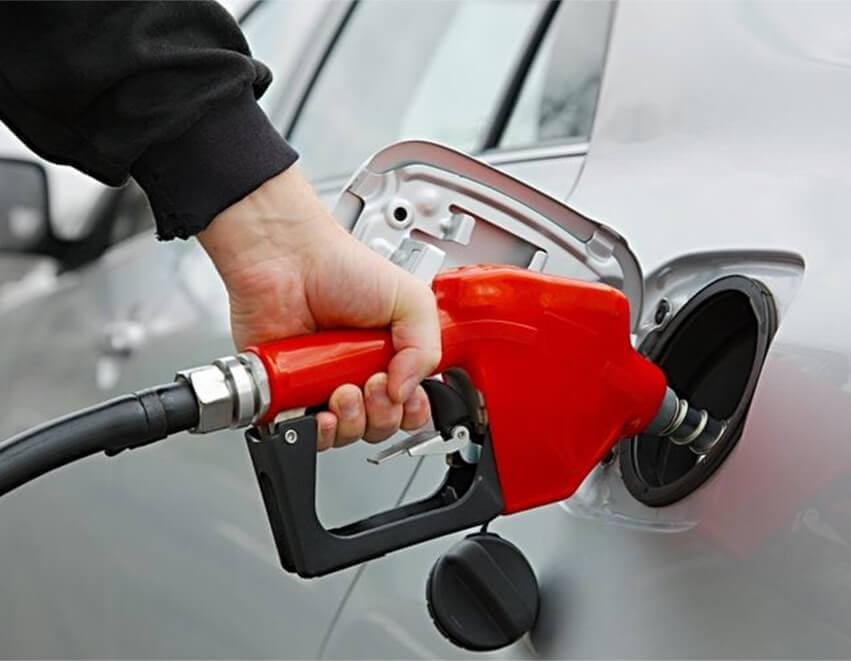Gas pump nozzles encounter various issues due to wear and tear, but troubleshooting them can often resolve the problem without much hassle. From clearing flow obstructions to checking connection points and addressing system resets, these troubleshooting tips can quickly get your nozzle flowing again.
Gas pump nozzles have to endure a lot of abuse. Between constant reinsertion into vehicle fill pipes, handling by customers, and exposure to weather extremes, it’s no wonder performance issues tend to crop up occasionally.
But before you ditch a pump and search for another, check for some common problems that may have an easy fix. Trying a few basic troubleshooting tips can frequently get that nozzle flowing again without hassle.
Key nozzle issues to watch for:
Let’s discuss these gas pump nozzle issues in detail and look for some troubleshooting tips!
Here are a few common issues related to gas pump nozzles:
Many nozzle flow interruptions originate from debris or fuel buildup clogging the internal pathways. The most common culprit is gasoline or diesel residue accumulating around the nozzle’s venturi vacuum sensor.
Before you try anything else, take the nozzle spout and vigorously shake it up and down to try dislodging any debris or hardened residue that could be obstructing flow. Then, blow a quick burst of air through the spout itself.
You can also try this for the vapor recovery passage and bellows area too – any obstructions in those lines could prevent the nozzle from latching and creating a complete airtight seal.
If you’ve cleared any internal blockages but flow still seems low or inconsistent, the next step is to visually inspect all the nozzle connection points.
Ensure the nozzle itself is fully inserted into the pump outlet. Check the bellows integrity around the spout end and feel for any cracks or signs of puncture leaks. And with vapor recovery models, give the green recovery line a quick look for signs of kinking or splitting.
Any splits or cracks in rubber gaskets, bellows, or lines could be allowing air intake that degrades flow. Or the nozzle connections could just be loose enough to cause lower pressure.
If your troubleshooting didn’t reveal or resolve any visible nozzle issues, the pump’s safety systems may have detected a hazardous condition and forced a larger shutdown. Things like underground tank issues, severe pressure changes, or errors with attendant controls could all trigger one of these bigger shutdowns as a precaution.
In that case, you may need to find the pump’s reset button or seek the gas station attendant to help reset and restore full functionality. They can also take a closer look at potential system faults.
Or as your final backup option: just move on to another working pump if the delays are too inconvenient. No sense wrestling with a stubborn nozzle when your time is limited!
While nozzle obstructions and failures are bound to happen occasionally, the nice thing is that some basic troubleshooting can often get you back up and pouring quickly before going through a bigger hassle.
If you are looking for a new product for your gas pump, Aocheng Group’s experts can get you squared away. We’ll ensure every part of your maintenance experience runs as smoothly and reliably as those engineered gas nozzles should.




